How to Make Pickling Spice Mixture: A Simple Recipe
Looking for the perfect pickling spice mixture? Here's a quick and easy recipe: combine 1 tablespoon mustard seeds, 1 tablespoon coriander seeds, 1 teaspoon black peppercorns, 1 bay leaf, 4 cloves, and 1 cinnamon stick. This blend enhances flavor and preserves your pickles perfectly. Below, we'll explore why this mixture is essential, how to use it, and more.
Why You Need a Pickling Spice Mixture
While you could technically make pickles with just vinegar, salt, and water, the addition of a pickling spice mixture adds depth, complexity, and a signature taste that makes your pickles stand out. It's not just about flavor—it's about tradition, experimentation, and personalization.
- Flavor Enhancement: Spices like mustard seeds, coriander, and black pepper bring out the natural flavors of your vegetables.
- Preservation: Some spices act as natural preservatives, helping your pickles last longer.
- Customization: You can tailor your spice mix to suit your taste—spicy, sweet, smoky, or herbal.
- Culinary Versatility: A good mix can be used in more than just pickles—try it in soups, stews, or even marinades.
Key Ingredients in a Pickling Spice Mixture
| Spice | Description |
|---|---|
| Mustard Seeds | Adds a sharp, peppery kick and enhances the crunch of the pickles. |
| Coriander Seeds | Provides a citrusy, slightly sweet note that balances the brine. |
| Black Peppercorns | Contributes warmth and a subtle heat that complements the acidity of the vinegar. |
| Bay Leaves | Infuses a subtle, herbal aroma that rounds out the flavor profile. |
| Garlic Cloves | Boosts the umami factor and gives a savory edge to the pickles. |
| Peppercorns (Green or Pink) | Offers a different kind of heat and a more complex flavor profile. |
| Cloves | Brings a strong, sweet, and slightly bitter note that adds depth. |
| Cinnamon Sticks | Used in sweet or fruit-based pickles, it adds a warm, fragrant touch. |
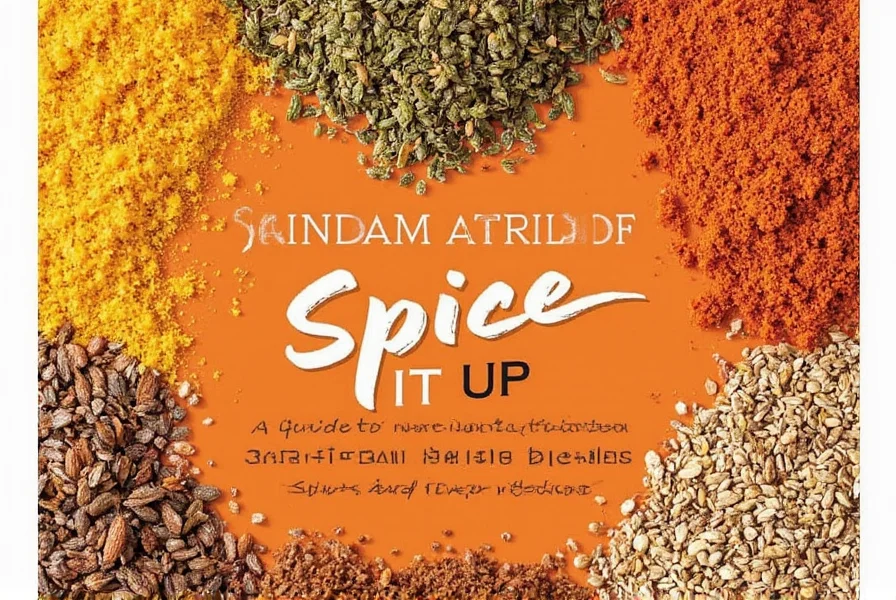
How to Use a Pickling Spice Mixture
Here's a step-by-step guide for perfect pickles every time:
- Prepare Your Brine: Combine 1 cup vinegar, 1 cup water, and 1 tablespoon salt in a pot. Bring to a simmer.
- Add the Spice Mix: Place 2 tablespoons of pickling spice mixture in a cheesecloth bundle or spice bag. Add to the brine and simmer for 10 minutes.
- Prepare Vegetables: Pack fresh cucumbers, carrots, or other vegetables into clean jars.
- Pour and Cool: Pour the hot brine over the vegetables, leaving 1/2 inch headspace. Cool to room temperature before sealing.
- Store Properly: Refrigerate for at least 48 hours before eating. For fermented pickles, store at room temperature for 3-5 days.
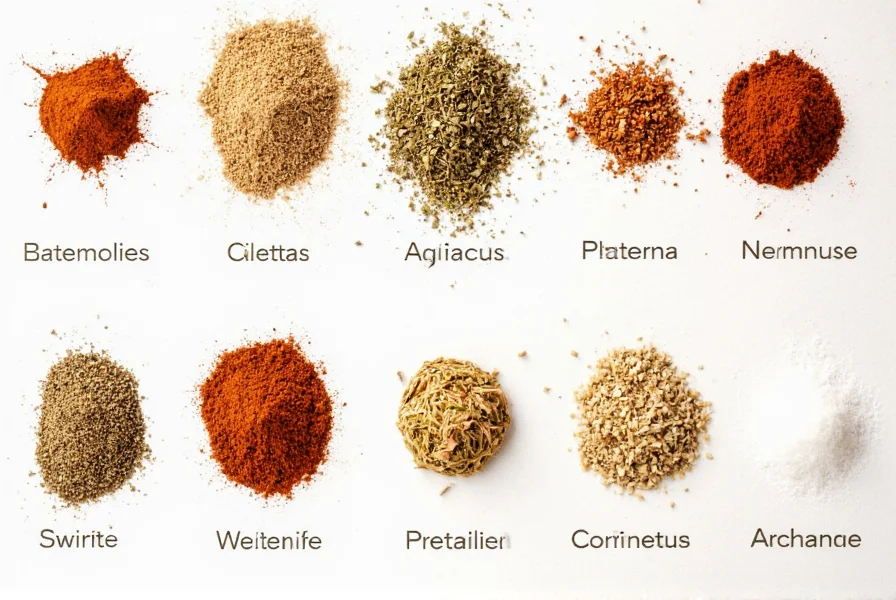
Pro Tips for Making the Best Pickles
- Use Fresh Vegetables: Start with crisp, firm produce for the best texture.
- Control the Heat: For spicy pickles, add 1-2 dried chili peppers to the spice mix.
- Balance the Flavors: Add 1-2 tablespoons sugar for sweet pickles, or reduce salt for a milder taste.
- Experiment with Variations: Try adding fresh dill, mustard seeds, or horseradish root for unique flavors.
- Label and Date Your Jars: Keep track of when you made your pickles so you know when they're ready to eat.
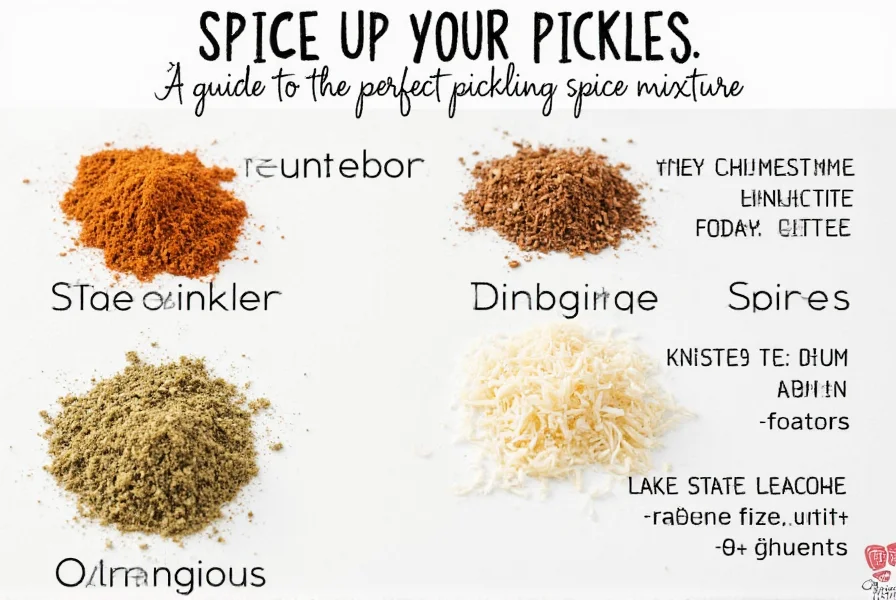
Frequently Asked Questions About Pickling Spice Mixtures
What is pickling spice mixture?
Pickling spice mixture is a blend of aromatic spices used to flavor brines for pickling vegetables. It typically includes mustard seeds, coriander, peppercorns, bay leaves, cloves, and cinnamon, creating complex flavors that enhance preservation and taste.
How much pickling spice should I use per quart of brine?
For most standard pickling recipes, use 1-2 tablespoons of pickling spice mixture per quart of brine. If using a spice bag, 2-3 tablespoons works well. Adjust based on taste preferences—more for stronger flavor, less for milder pickles.
Can I make pickling spice at home?
Yes! Making your own pickling spice is simple and cost-effective. Combine equal parts mustard seeds, coriander seeds, and black peppercorns, then add smaller amounts of bay leaves, cloves, and cinnamon. Store in an airtight container for up to 12 months.
What can I substitute for pickling spice?
If you don't have pickling spice, you can use pre-made blends like Old Bay seasoning or create a quick substitute with 1 tsp each of mustard seeds, coriander seeds, and black peppercorns, plus 1/2 tsp each of cloves and cinnamon. For dill pickles, add fresh dill weed.
How long does homemade pickling spice last?
When stored in an airtight container away from heat and light, homemade pickling spice maintains potency for 6-12 months. Whole spices last longer than ground—up to 2 years for optimal flavor. Test freshness by crushing a small amount; if the aroma is weak or musty, replace it.
Buying Guide for Pickling Spice Mixtures
If you prefer store-bought options, here's what to look for:
Top Brands & Products
1. McCormick Pickling Spice
- Features: Classic blend of mustard seeds, coriander, and black pepper.
- Advantages: Easy to find, consistent quality, and affordable.
- Use Cases: Ideal for traditional dill pickles and quick-pickle recipes.
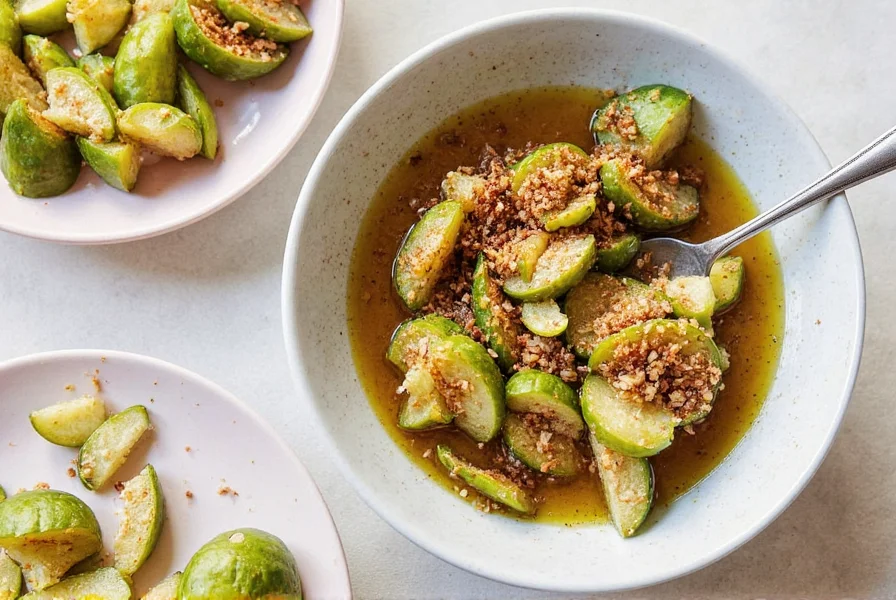
2. Penzeys Pickling Spice
- Features: A more complex mix with added cloves and cinnamon.
- Advantages: Great for those who want a deeper, spicier flavor.
- Use Cases: Perfect for sweet and spicy pickles, or for experimenting with new recipes.
3. Local Spice Shops
- Features: Customizable blends and regional variations.
- Advantages: Offers unique flavors and supports local businesses.
- Use Cases: For those who enjoy making their own spice mix or want a personalized touch.
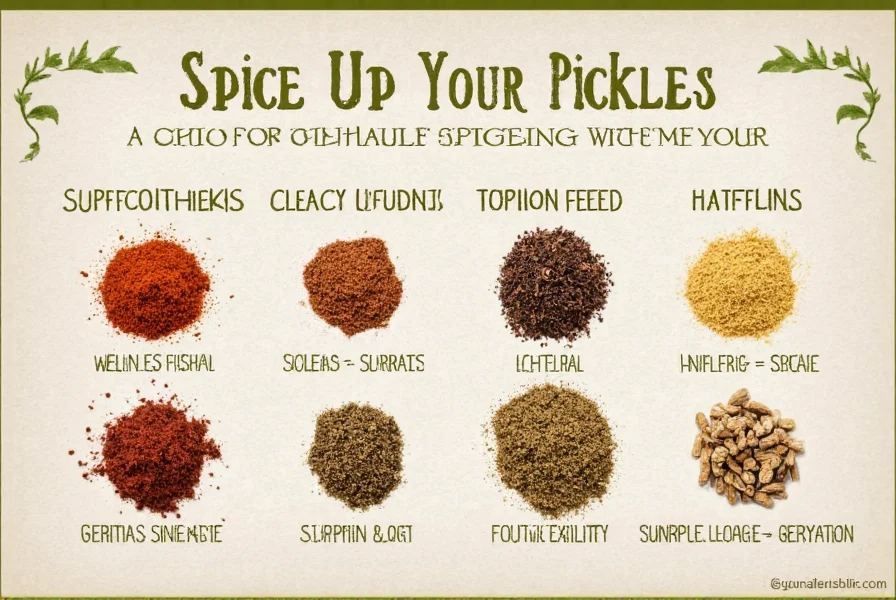
Conclusion
The perfect pickling spice mixture transforms ordinary vegetables into flavorful, preserved delights. Whether you make it at home or buy pre-made, this essential blend unlocks endless possibilities for pickling success. Remember to use fresh ingredients, balance flavors, and experiment with variations to create pickles that suit your taste perfectly.
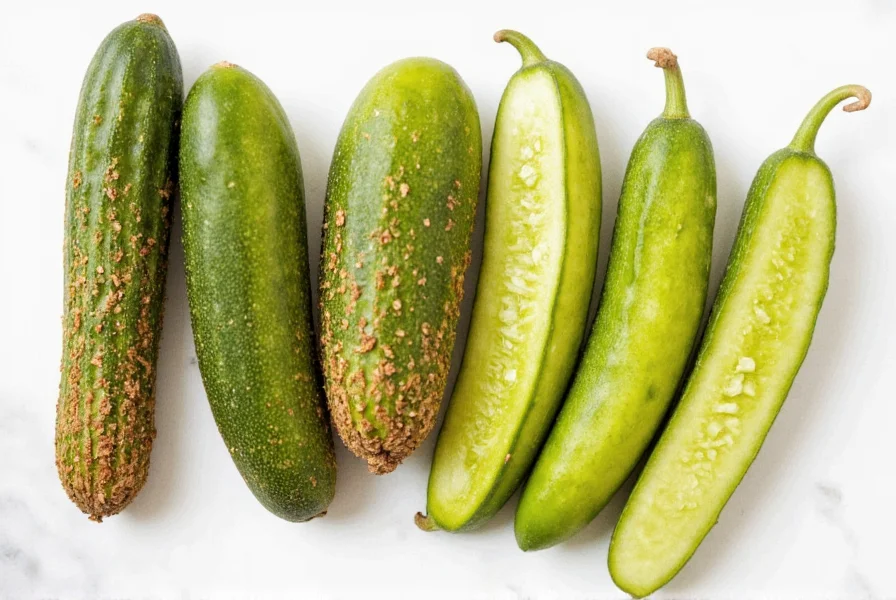

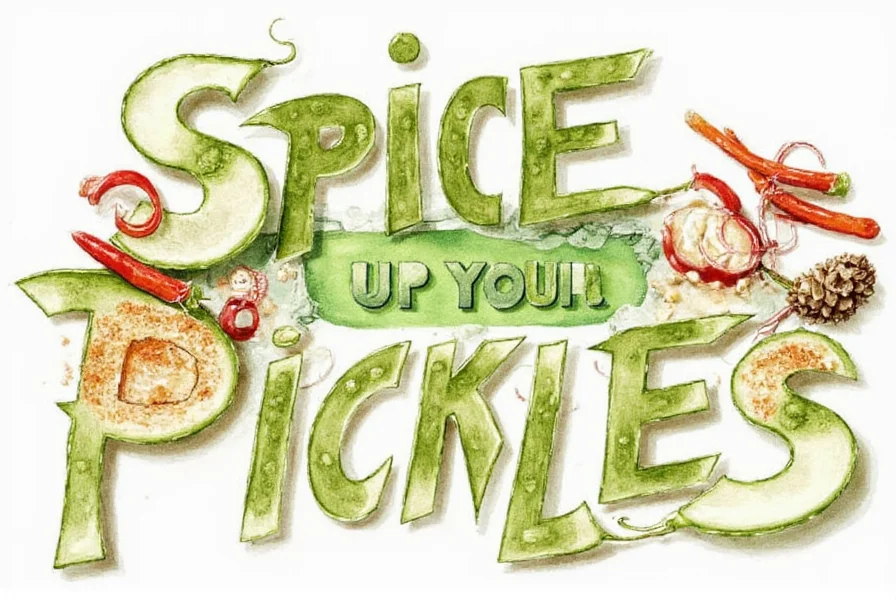









 浙公网安备
33010002000092号
浙公网安备
33010002000092号 浙B2-20120091-4
浙B2-20120091-4